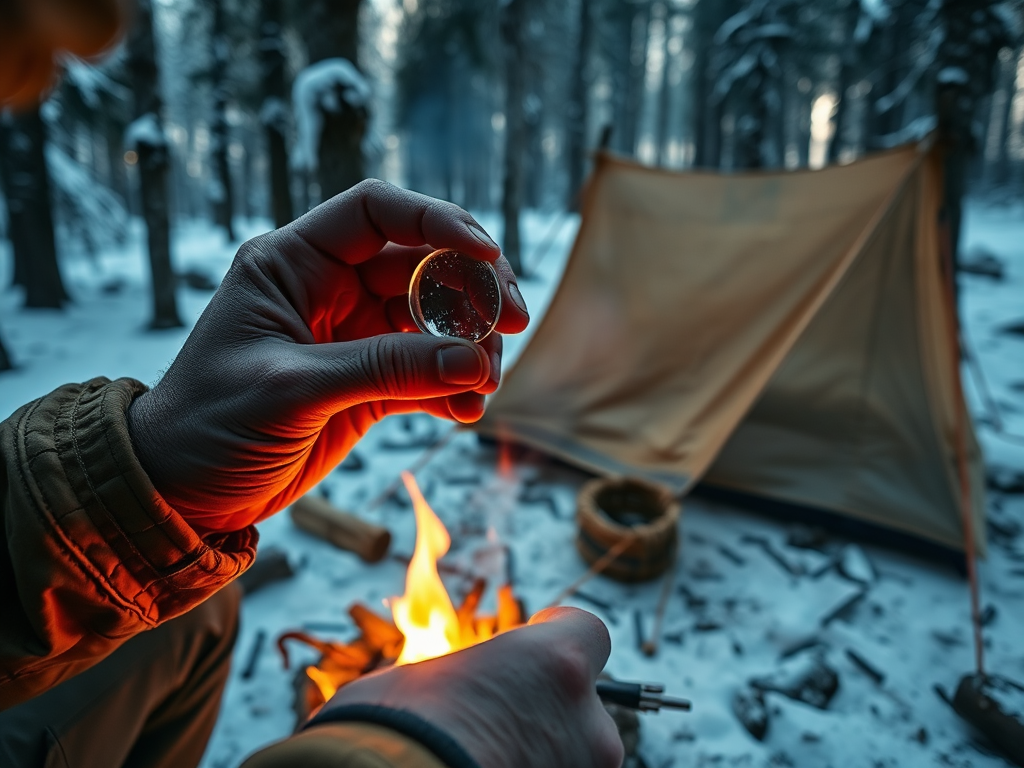Introduction
Have you ever wondered what you would do if you got lost in the wilderness? This isn't meant to frighten you - it's a question that every outdoor enthusiast should seriously consider. As someone who frequently enjoys outdoor activities, I can assure you that mastering some basic wilderness survival skills is incredibly important. Today, I'll discuss essential wilderness survival tips in a practical, relatable way.
Mental Preparation
To be honest, many people start imagining all sorts of scenarios when thinking about wilderness survival: Will I encounter wild animals? Will I starve? Will I get bitten by a poisonous snake? Actually, overthinking like this is the most dangerous thing. I remember during my first camping trip, every little sound from the forest at night terrified me, and I couldn't sleep well all night. After more experiences, I truly understood the importance of staying calm.
Do you know that according to statistics, most outdoor accidents aren't caused by harsh environments, but by people making wrong decisions in a panic? For example, some people get lost and blindly run around in their anxiety, only to get further away; others become so panicked in emergencies that they forget even the basic distress signals. That's why I strongly recommend making thorough mental preparations before setting out.
Leaving detailed itinerary plans with family and friends is crucial. It's not enough to simply say "I'm going hiking" - you need to specify when and where you're going, when you expect to return, and your planned route. For example: "I plan to leave for Lotus Mountain at 8 AM, taking the east gate route up, and expect to return home before 5 PM. If you can't contact me by 8 PM, please call for help." This simple action could be a lifesaver in critical moments.
Mental preparation also includes an important aspect: learning to accept and adapt. The wilderness environment is completely different from city life - you can't expect the same comforts as at home. You might encounter rain or insect bites, which are perfectly normal occurrences. If you can accept these "imperfections" with a peaceful mindset, your entire outdoor experience will become much more enjoyable.
Once you've achieved a calm mindset, the next step is learning to observe and judge. In the wilderness, every decision you make could affect your safety, so it's essential to develop the habit of carefully observing your surroundings. This includes watching weather changes, noting terrain features, and identifying potential shelter locations. These details may seem trivial, but they're crucial factors in ensuring safety.
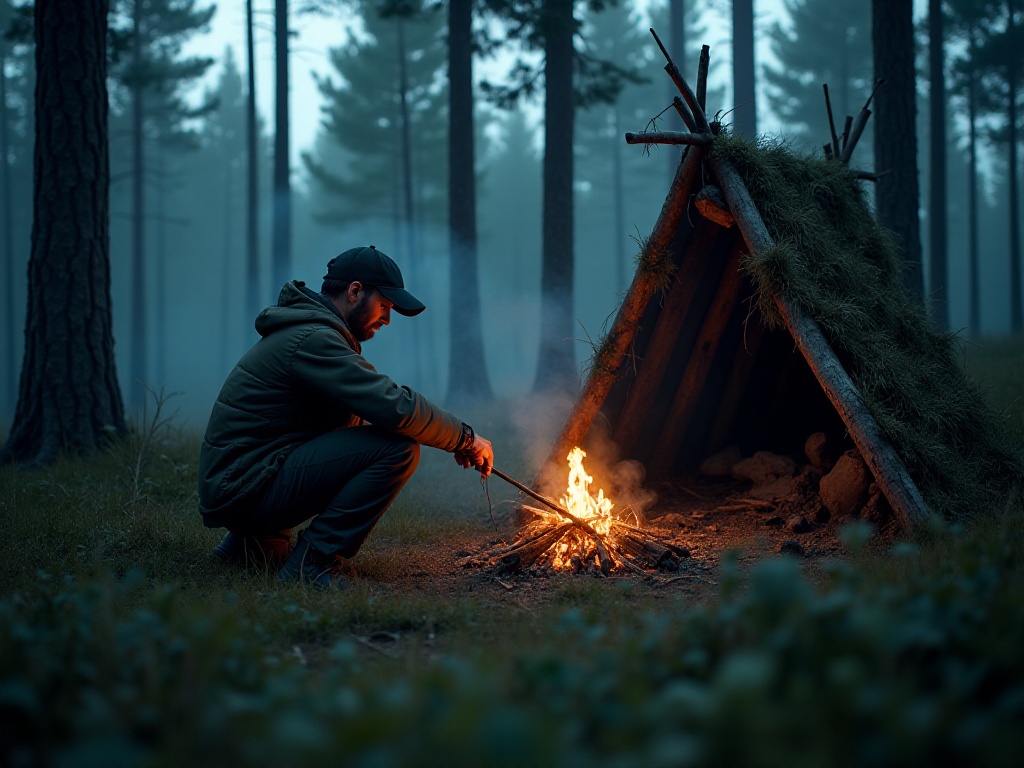
Equipment and Storage
When it comes to equipment, we could talk all day. Many beginners try to pack everything they can think of, ending up carrying dozens of pounds up the mountain, only to exhaust themselves after a short distance. This isn't necessary - the key is bringing the right things, not lots of things.
Let's start with the basics: water and food. Generally, each person should prepare at least 2 liters of water per day, and more in hot weather. For food, it's recommended to bring high-calorie, easily portable items like chocolate, nuts, and energy bars. Remember, it's better to bring extra water and food than to pack too little, as these are essential survival items.
A flashlight is absolutely essential equipment. I personally recommend rechargeable LED headlamps, which free up your hands and provide good illumination. Most modern headlamps have adjustable brightness levels and strong battery life. When purchasing, check the waterproof rating, as you might encounter rain in the wilderness.
Regarding first aid kits, many people prepare super comprehensive ones with all sorts of medications. For general outdoor activities, it doesn't need to be that complicated. Basic painkillers, cold medicine, band-aids, bandages, and some sprains treatment medicine are usually sufficient. However, one important point is to regularly check expiration dates and replace expired items promptly.
Multi-tools and emergency blankets, while rarely used, can be lifesavers in critical moments. Choose multi-tools that include features like a knife, screwdriver, and bottle opener to handle various emergencies. Emergency blankets may look like thin metallic sheets, but they provide excellent insulation while being lightweight and compact, making them perfect for carrying in your backpack.
Next, I want to introduce what I consider a miracle tool - tape. Its uses are incredibly diverse, from repairing equipment to securing items, treating wounds, and even waterproofing. Here's a tip: wrap tape around your water bottle or trekking poles to save space while keeping it easily accessible. Once, when my shoe sole came loose, I used tape for a temporary fix that helped me complete the rest of the journey.
Equipment storage is also a science. First, develop a habit of categorizing items, putting frequently needed items in external backpack pockets for quick access. Inside the pack, arrange items by weight, with heavier items closer to your back for better balance. Consider waterproofing - important items should be stored in separate waterproof bags to protect against rain or accidental wetness.
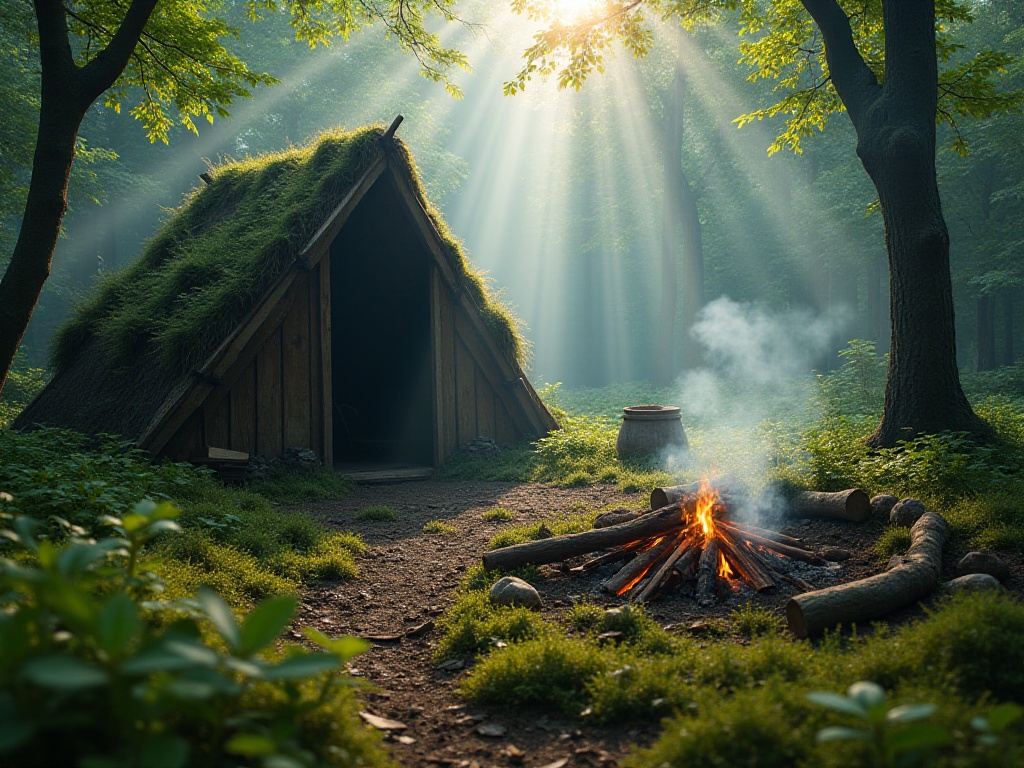
Practical Skills
When it comes to practical skills, this is the main event. Let's start with shelter. In the wilderness, if you encounter bad weather or need to spend the night, finding suitable shelter is crucial. This doesn't mean building a luxurious refuge, but rather finding a place that can protect you from wind and rain.
Several principles apply when choosing shelter location: first, stay away from potentially dangerous areas like beneath steep slopes, near dead trees, or in riverbeds; second, choose relatively flat, dry places, preferably in wind-protected locations; if possible, look for natural shelters like caves or large rock overhangs.
If you can't find natural shelter, you can build temporary shelter using your equipment. For example, use a rain jacket or waterproof sheet to make a simple tent, and create basic ground cover with branches and leaves. Remember, maintaining body temperature is crucial when spending the night outdoors, so focus on moisture prevention and warmth retention.
Finding water sources is another crucial skill. Generally, in mountainous areas, follow the principle of "going downhill" to find water, as water always flows downward. If you hear running water, that's the best guide. Remember one principle regardless of the water source: running water is better than standing water. Running water refers to streams and brooks, while standing water includes puddles and pools.
However, all water should be treated before drinking. The simplest method is boiling; if that's not possible, use portable water filters or purification tablets. Some people think mountain water is clean enough to drink directly, but this is very dangerous. You never know what's upstream - there could be animal waste or other contamination sources.
Regarding food, this is probably what concerns most people. But I must emphasize: if you're not 100% certain a wild plant is edible, absolutely do not try it. Many wild plants look similar to edible ones but are actually poisonous. Better to stay hungry than take the risk. Remember, humans can survive quite a while without food, but consuming poisonous plants can have severe consequences.
Rescue techniques are essential to master. The international distress signal is "three" - remember this number. For instance, when in danger, blow your whistle three times or send three distress signals. If you have a mirror or other reflective object, you can use sunlight to send SOS signals. SOS is the international distress signal, represented in Morse code as "three short, three long, three short" (. . . - - - . . .).
When seeking rescue, maximizing your chances of being found is crucial. Wearing bright clothing is effective, especially fluorescent yellow or bright red, which are highly visible during aerial searches. If possible, arrange branches or stones to spell out "SOS" or "HELP" in an open area to increase visibility.
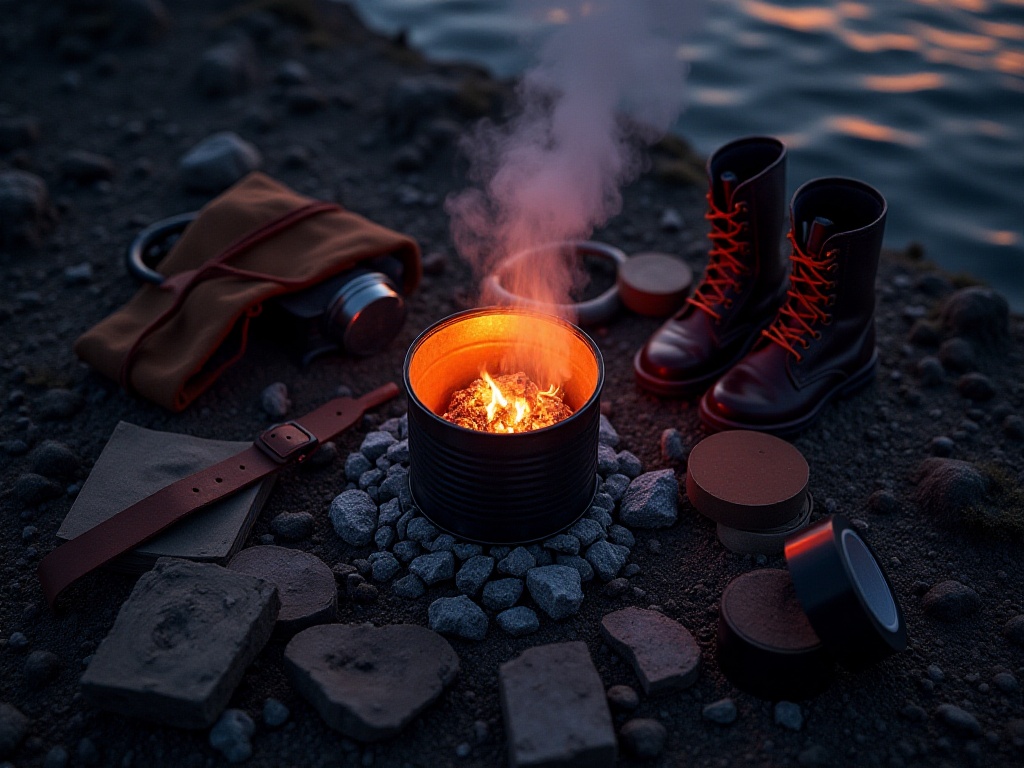
Practical Tips
Speaking of practical tips, here's something interesting: did you know you can use potato chips to start a fire? Yes, the same chips we eat regularly. Because chips contain lots of oil, they burn easily. Once when my tinder was damp, I successfully used chips as a substitute to start a fire. Of course, this is just an emergency method - it's important to learn proper fire-starting techniques.
Speaking of fire-starting, this is another crucial skill. In the wilderness, fire provides warmth, can be used to boil water, prepare food, and keep wild animals away. When making a fire, choose your location carefully, preferably in a wind-protected area away from flammable materials. Prepare sufficient materials, including tinder, small kindling, and larger logs. Control the fire size when lighting it - don't let it get too large.
Direction finding is another essential skill. While we have phone navigation and GPS nowadays, these electronic devices can fail, so it's important to know traditional navigation methods. For example, you can make an impromptu compass using a leaf and a needle. First, magnetize the needle (by repeatedly rubbing it against hair or clothing), then place it on a leaf floating in water. The magnetized needle will align with Earth's magnetic field, roughly indicating north-south direction.
Another useful tip is weather prediction. In the wilderness, weather directly affects your safety, so learn to observe weather changes. For example, if you see layered, fish-scale clouds, it often indicates incoming rain; if the air feels particularly humid and cloud cover is lowering, weather changes may be approaching. These natural signals help us predict weather changes.

Conclusion
After all this discussion, wilderness survival isn't really that scary. The key is remembering three points: first, maintain a calm mind and don't let fear overwhelm you; second, make thorough preparations, including both equipment and knowledge; third, master necessary skills that might prove crucial in critical moments.
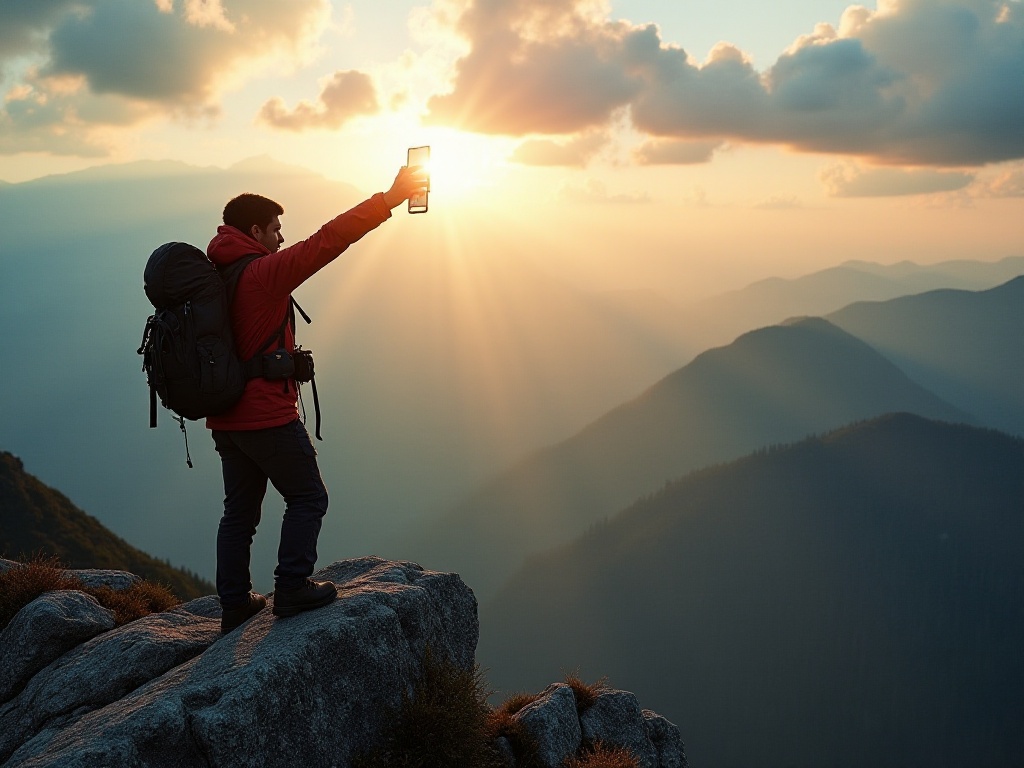
Personal Experience
Finally, I want to share a personal experience. Last summer, I got lost during a hike after taking a wrong turn. It was almost dark, and my phone had no signal - I'll admit, I was a bit scared at first. But I quickly calmed down and started recalling the survival skills I'd learned.
First, I found a relatively safe place to spend the night. I built a simple shelter using my equipment and made a fire. While the night wasn't comfortable, I got through it safely. Early the next morning, I followed the stream downstream in the direction I'd come from, and eventually encountered the search and rescue team.
This experience deeply impressed upon me the importance of mastering these basic survival skills. They may seem simple, but they could save your life in crucial moments. That's why I strongly recommend to my friends who enjoy outdoor activities to learn some basic survival skills.
Remember, learning wilderness survival skills isn't about seeking thrills - it's about being prepared for the unexpected. Just like we buy insurance, these skills are our protection during outdoor activities. You never know when you'll need these skills, but when you do, they could save your life.
Related articles



